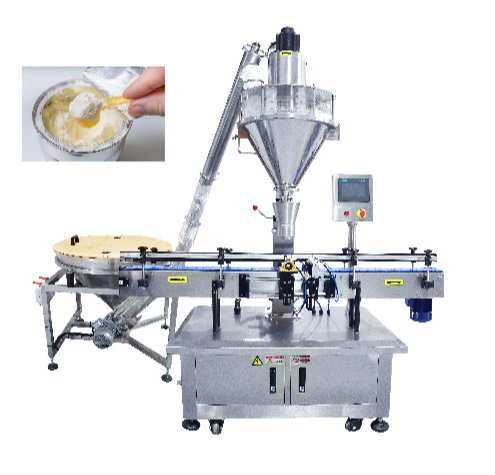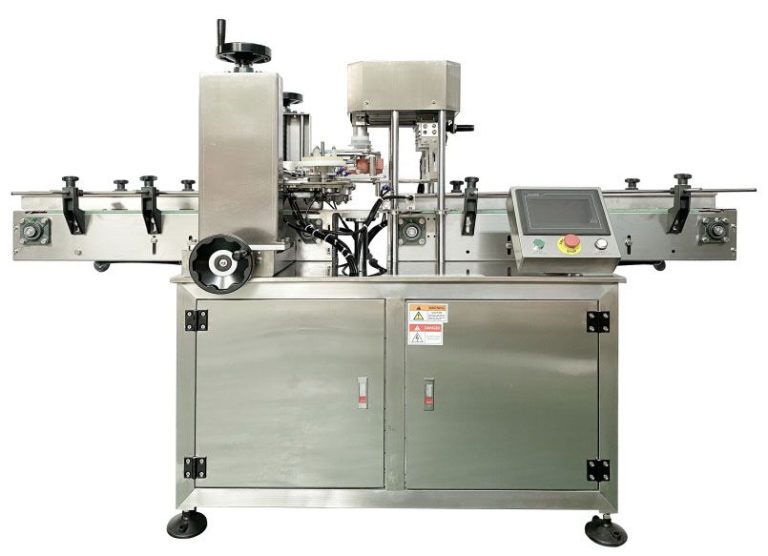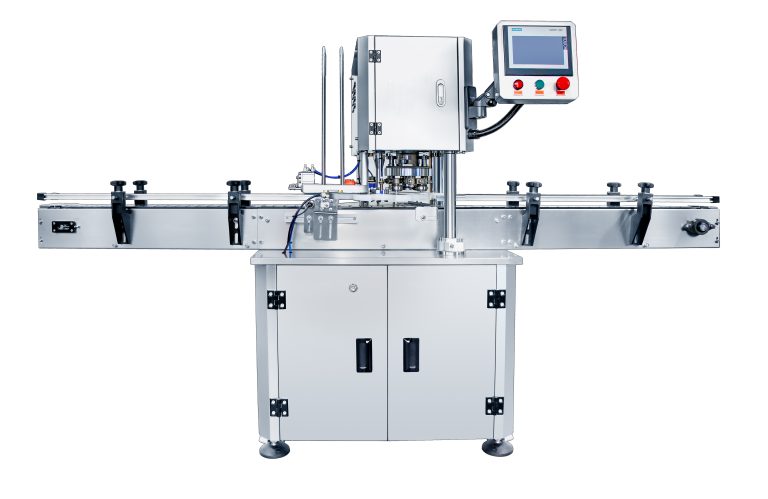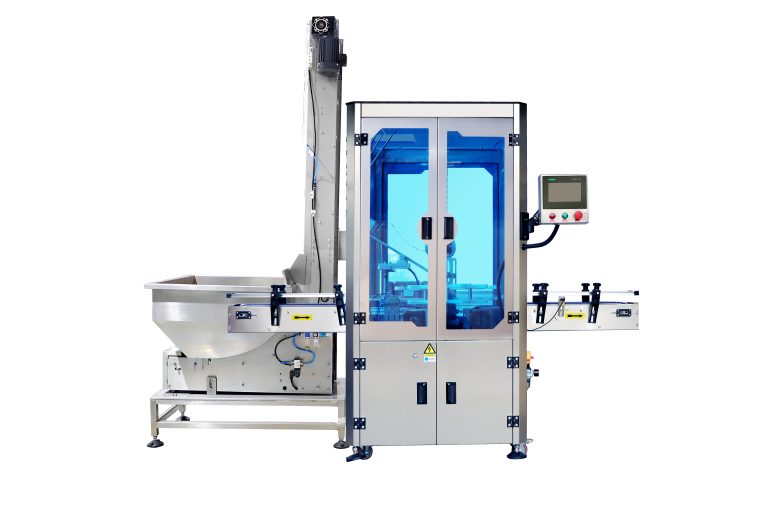Table of Contents
Advantages of Using Auger Filling Machines in Packaging Industry
Auger filling machines are a popular choice in the packaging industry due to their efficiency and accuracy in filling containers with various types of products. These machines are designed to handle a wide range of products, from powders and granules to liquids and pastes, making them versatile and suitable for a variety of industries. In this article, we will explore the advantages of using auger filling machines in the packaging industry.

One of the key advantages of auger filling machines is their precision in filling containers with the exact amount of product required. The auger mechanism ensures that the product is dispensed in a controlled manner, minimizing waste and ensuring consistent fill levels across all containers. This level of accuracy is crucial in industries where product quality and consistency are paramount, such as food and pharmaceuticals.
Another advantage of auger filling machines is their versatility in handling different types of products. The design of the auger allows for easy adjustment of fill levels and speeds, making it suitable for a wide range of products with varying viscosities and textures. This flexibility makes auger filling machines a cost-effective solution for companies that produce multiple products or need to switch between different products frequently.
Auger filling machines are also known for their efficiency in filling containers at a high speed. The automated nature of these machines allows for quick and consistent filling, reducing the time and labor required for manual filling processes. This increased efficiency not only improves productivity but also reduces the risk of human error, ensuring a higher level of accuracy and consistency in the final product.
In addition to their precision, versatility, and efficiency, auger filling machines are also easy to operate and maintain. The user-friendly interface and controls make it simple for operators to set up and adjust the machine for different products and fill levels. Regular maintenance and cleaning are also straightforward, ensuring that the machine remains in optimal condition and continues to perform at its best.
Furthermore, auger filling machines are designed to meet strict hygiene and safety standards, making them suitable for use in industries where product purity and safety are critical. The materials used in the construction of these machines are durable and easy to clean, reducing the risk of contamination and ensuring that the final product meets regulatory requirements.
Overall, the advantages of using auger filling machines in the packaging industry are clear. From their precision and versatility to their efficiency and ease of operation, these machines offer a cost-effective solution for companies looking to improve their filling processes. Whether you are filling containers with powders, granules, liquids, or pastes, an auger filling machine can help you achieve consistent fill levels and high-quality products. Consider investing in an auger filling machine for your packaging needs and experience the benefits firsthand.
Common Features and Components of Auger Filling Machine Design
Auger filling machines are a popular choice for packaging powders, granules, and other dry products. These machines are known for their accuracy, efficiency, and versatility in filling a wide range of products into containers. Understanding the design of an auger filling machine is essential for maximizing its performance and ensuring consistent and reliable filling operations.
One of the key components of an auger filling machine is the auger itself. The auger is a helical screw that rotates inside a tube to move the product from the hopper into the container. The size and shape of the auger can vary depending on the type of product being filled and the desired fill weight. Augers can be made from stainless steel, plastic, or other materials, depending on the requirements of the application.
The hopper is another important component of an auger filling machine. The hopper holds the product to be filled and feeds it into the auger. Hoppers can be equipped with agitators to ensure consistent product flow and prevent bridging or clogging. The size of the hopper can vary depending on the volume of product being filled and the speed of the filling operation.
Auger filling machines are typically equipped with a control system that regulates the speed of the auger and the amount of product dispensed. This control system can be manual, semi-automatic, or fully automatic, depending on the level of automation required. Some machines are also equipped with sensors and feedback mechanisms to ensure accurate filling and prevent overfilling or underfilling.
In addition to the auger, hopper, and control system, auger filling machines may also include other components such as a product settling device, a dust collection system, and a container indexing system. These additional features can help improve the efficiency and accuracy of the filling process and ensure consistent product quality.
Product settling devices are used to compact the product in the container after filling to prevent settling and ensure a consistent fill weight. Dust collection systems are used to remove excess dust and debris from the filling area to maintain a clean and hygienic working environment. Container indexing systems are used to position containers accurately under the filling nozzle to ensure precise filling.
Overall, the design of an auger filling machine is carefully engineered to meet the specific requirements of the application and provide reliable and consistent filling operations. By understanding the common features and components of auger filling machine design, manufacturers can select the right machine for their needs and optimize their filling processes for maximum efficiency and productivity.
In conclusion, auger filling machines are a versatile and efficient solution for packaging dry products. Understanding the design and components of these machines is essential for maximizing their performance and ensuring consistent and reliable filling operations. By selecting the right machine and implementing best practices for operation and maintenance, manufacturers can achieve accurate and efficient filling processes that meet their production requirements.






